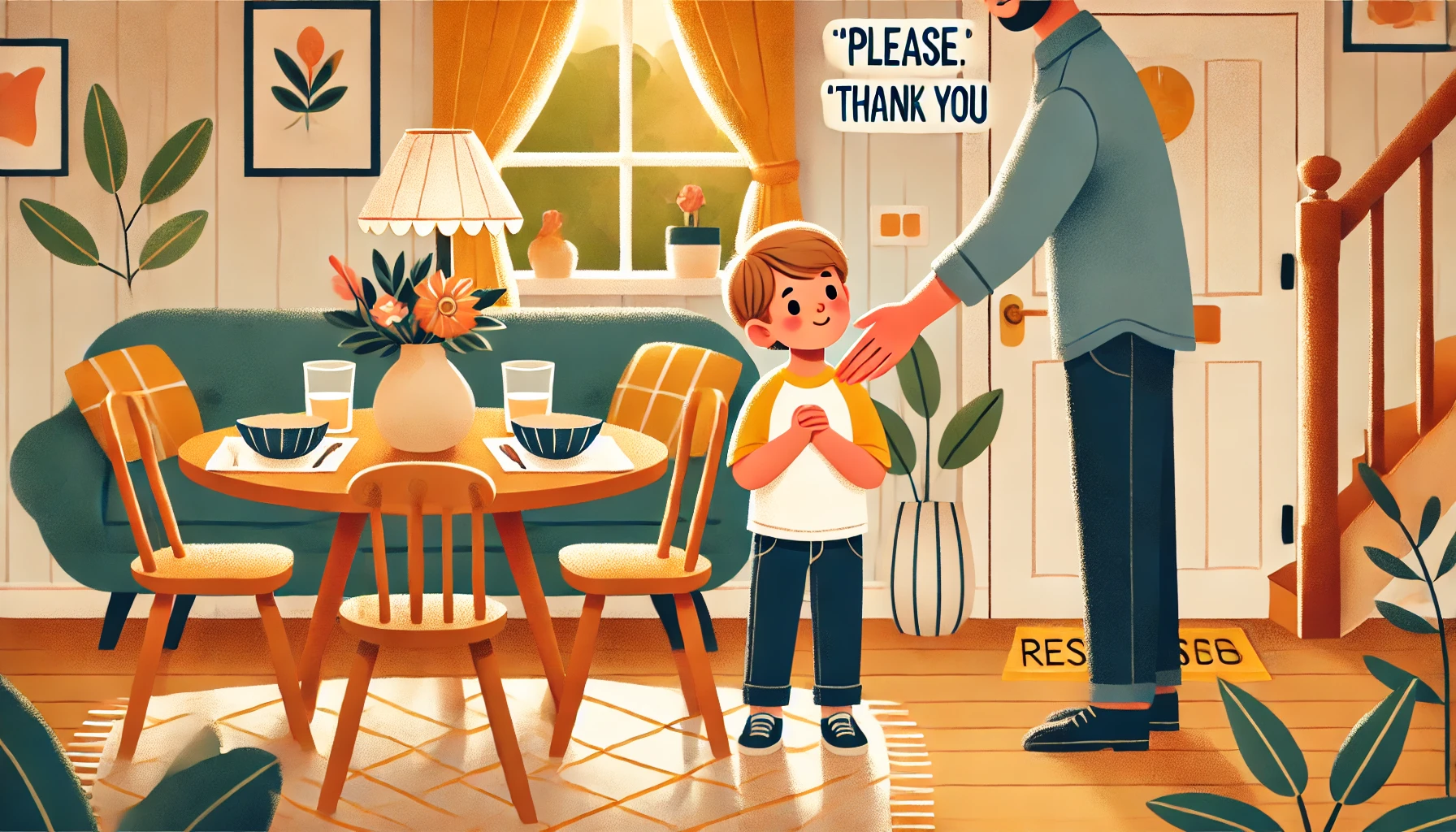How to Teach Good Manners to Young Children at Home
Teaching good manners to young children helps them develop respect, kindness, and strong social skills. Manners play a crucial role in building positive relationships and ensuring that children grow into polite and considerate individuals. By practicing simple behaviors daily, parents can create a strong foundation for lifelong courtesy. In this article, we’ll explore effective ways to teach good manners at home.
Why Teaching Manners is Important
- Encourages kindness and empathy – Helps children understand how their actions affect others.
- Builds strong social skills – Teaches children how to interact respectfully with family, friends, and teachers.
- Promotes self-discipline – Encourages thoughtful communication and patience.
- Boosts confidence in social settings – Helps children feel comfortable in different environments.
- Develops positive lifelong habits – Prepares kids for success in personal and professional relationships.
1. Model Politeness Through Daily Conversations
Children learn manners by observing how adults interact with others.
Activity Idea:
- Use “please,” “thank you,” and “excuse me” in everyday conversations.
- Speak respectfully to family members and show appreciation.
- Gently correct impolite behavior by modeling the correct response.
What Kids Learn:
- How to communicate respectfully
- The importance of kind words
- The impact of politeness on relationships
2. Practice Table Manners During Meals
Good manners at the dinner table teach children respect and patience.
Activity Idea:
- Encourage children to wait for everyone before eating.
- Teach them to chew with their mouth closed and use utensils properly.
- Show them how to say, “May I be excused?” before leaving the table.
What Kids Learn:
- Proper dining etiquette
- Patience and self-control
- Consideration for others at the table
3. Encourage Sharing and Taking Turns
Learning to share teaches kindness, cooperation, and patience.
Activity Idea:
- Use board games or group activities that require turn-taking.
- Encourage children to let others go first occasionally.
- Praise them when they share without being asked.
What Kids Learn:
- Generosity and fairness
- Delayed gratification
- Social cooperation
4. Teach Proper Greetings and Introductions
Basic greetings help children feel confident in social situations.
Activity Idea:
- Teach children to say “hello” and “goodbye” with a smile.
- Practice introducing themselves and making eye contact.
- Role-play common social interactions, such as meeting a new friend.
What Kids Learn:
- Confidence in social settings
- Respectful communication
- Positive first impressions
5. Reinforce the Importance of Apologizing
Saying “I’m sorry” sincerely helps children take responsibility for their actions.
Activity Idea:
- Encourage children to apologize when they hurt someone’s feelings.
- Discuss how apologizing can fix mistakes and strengthen relationships.
- Model saying “I’m sorry” yourself when necessary.
What Kids Learn:
- Emotional accountability
- Conflict resolution
- The value of forgiveness
6. Teach Respect for Personal Space and Boundaries
Understanding personal space fosters respect and awareness of others.
Activity Idea:
- Explain the concept of “personal space” using a hula hoop or arm’s length rule.
- Teach children to knock before entering a room.
- Encourage asking for permission before using someone else’s belongings.
What Kids Learn:
- Respect for others’ comfort zones
- Self-awareness in social interactions
- Consent and personal boundaries
7. Encourage Gratitude and Appreciation
Expressing gratitude helps children develop a positive mindset.
Activity Idea:
- Start a gratitude journal where children write or draw things they are thankful for.
- Encourage saying “thank you” when receiving help or gifts.
- Write thank-you notes for special occasions or kind gestures.
What Kids Learn:
- Appreciation for others
- Positive thinking habits
- Recognizing kindness in everyday life
8. Use Stories and Role-Playing to Reinforce Manners
Reading books and acting out scenarios help children understand manners in a fun way.
Activity Idea:
- Read books about good manners and discuss the characters’ behaviors.
- Role-play different social situations, such as asking for help or showing kindness.
- Act out incorrect manners and let children suggest better responses.
What Kids Learn:
- Empathy and perspective-taking
- How to apply manners in real life
- Fun and interactive learning
Final Thoughts
Teaching good manners at home lays the foundation for respectful, kind, and socially confident children. By modeling polite behavior, practicing daily routines, and using fun learning activities, parents can help children develop habits that will benefit them for a lifetime.
